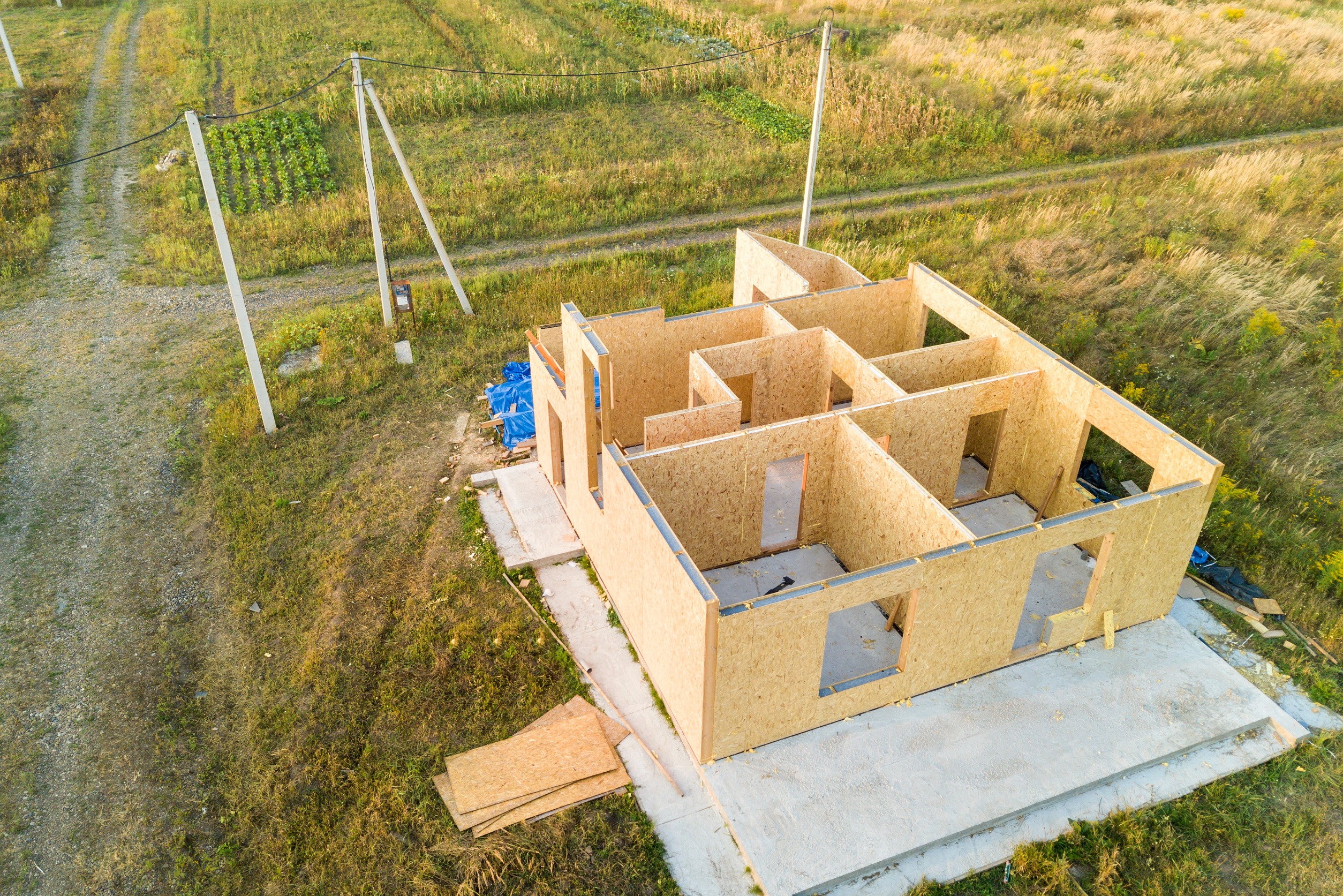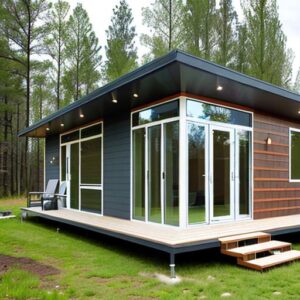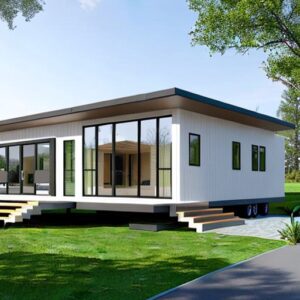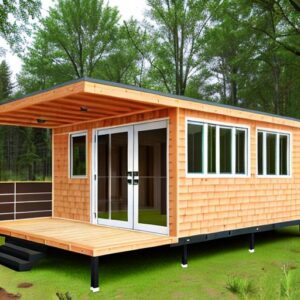Controlled Environment of the Factory
Use of Pre-Designed and Pre-Engineered Plans
Another reason for the faster construction of modular homes is the use of pre-designed and pre-engineered plans. Modular homes are built using pre-designed plans that have been approved by local building authorities. These plans are then customized to meet the specific needs and preferences of the homeowner. The use of pre-designed plans reduces the time and effort required for the design and planning phase of the construction process.
State-of-the-Art Construction Techniques and Materials
Modular homes are also built using state-of-the-art construction techniques and materials. These techniques and materials are carefully selected for their durability and energy efficiency. For example, modular homes often have thicker walls with increased insulation, which helps to reduce heating and cooling costs. Additionally, modular homes are built using energy-efficient windows and doors, which further contribute to their energy efficiency.
Coordination of Different Contractors
In contrast, stick-built homes are constructed on-site, which can lead to a longer construction time. This is because the construction process for stick-built homes requires a lot of coordination between different contractors, such as framers, electricians, and plumbers. The different contractors need to work together in a specific sequence, which can lead to delays if one contractor falls behind schedule.
Framing Process
Stick-built homes also require more time for the framing process, which involves building the structure of the home using wood framing. The framing process is critical because it provides support for the roof and walls of the home. However, the framing process can be time-consuming, as each piece of wood needs to be cut and placed in the correct location. Additionally, the framing process is subject to delays due to weather conditions, which can further extend the construction time.
Greater Quality Control
Modular homes also benefit from greater quality control during the construction process. In a factory setting, workers can carefully monitor each component of the home as it is being built. This allows for greater precision and consistency in the construction process, which can reduce the likelihood of errors and defects. In contrast, stick-built homes are subject to more variation and inconsistency in the construction process, which can lead to issues such as warped or misaligned walls.




